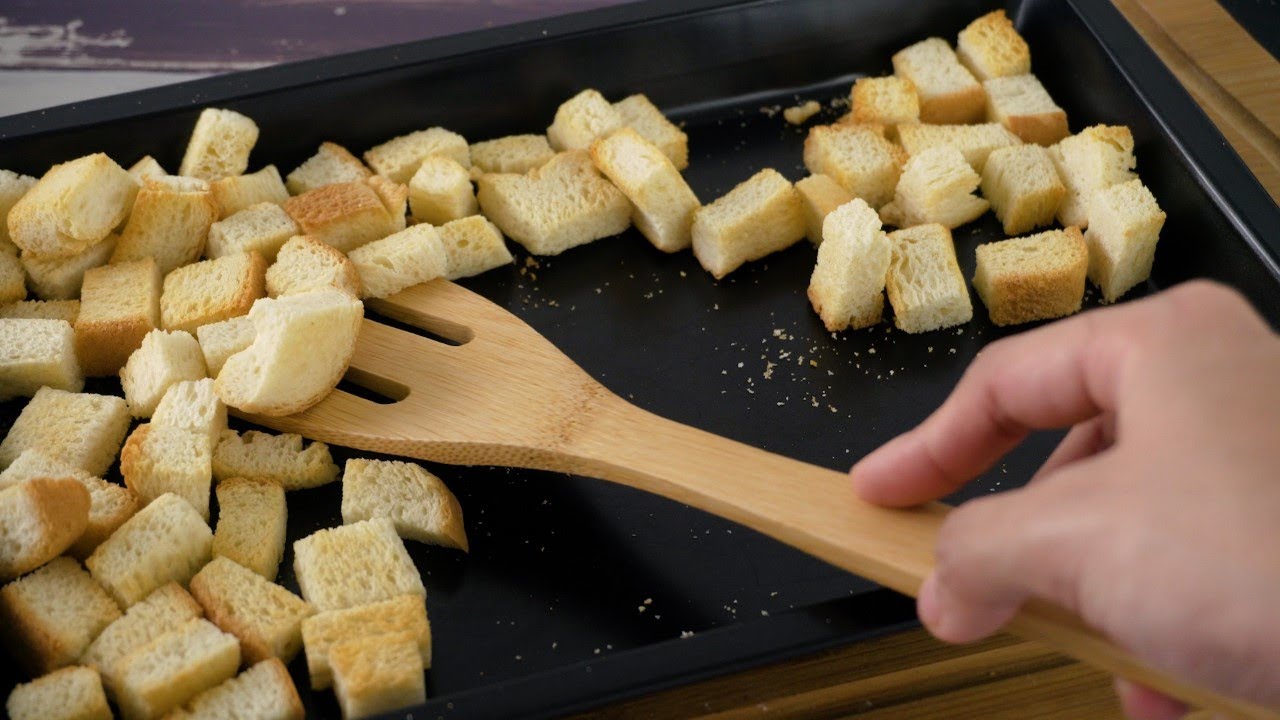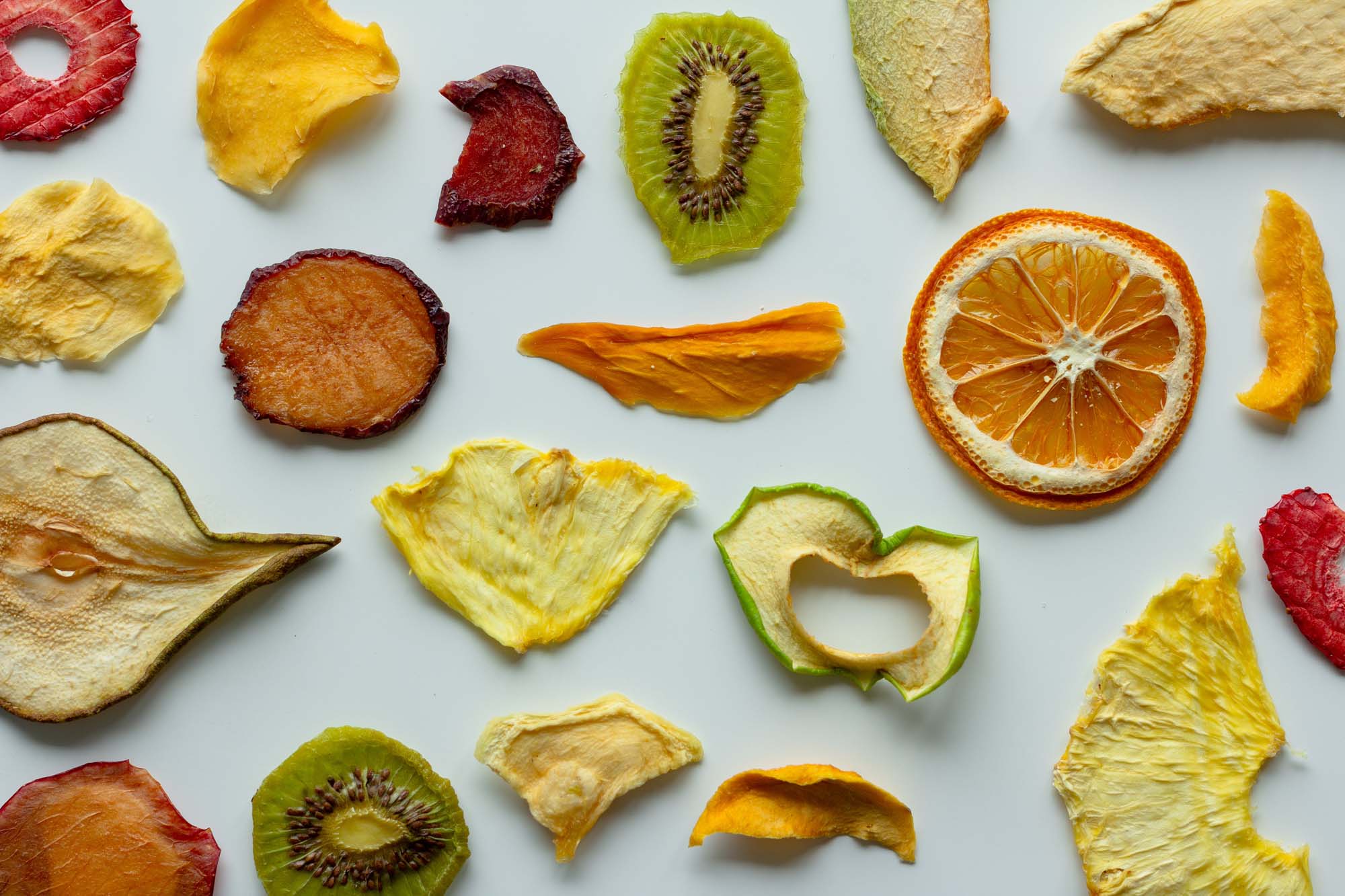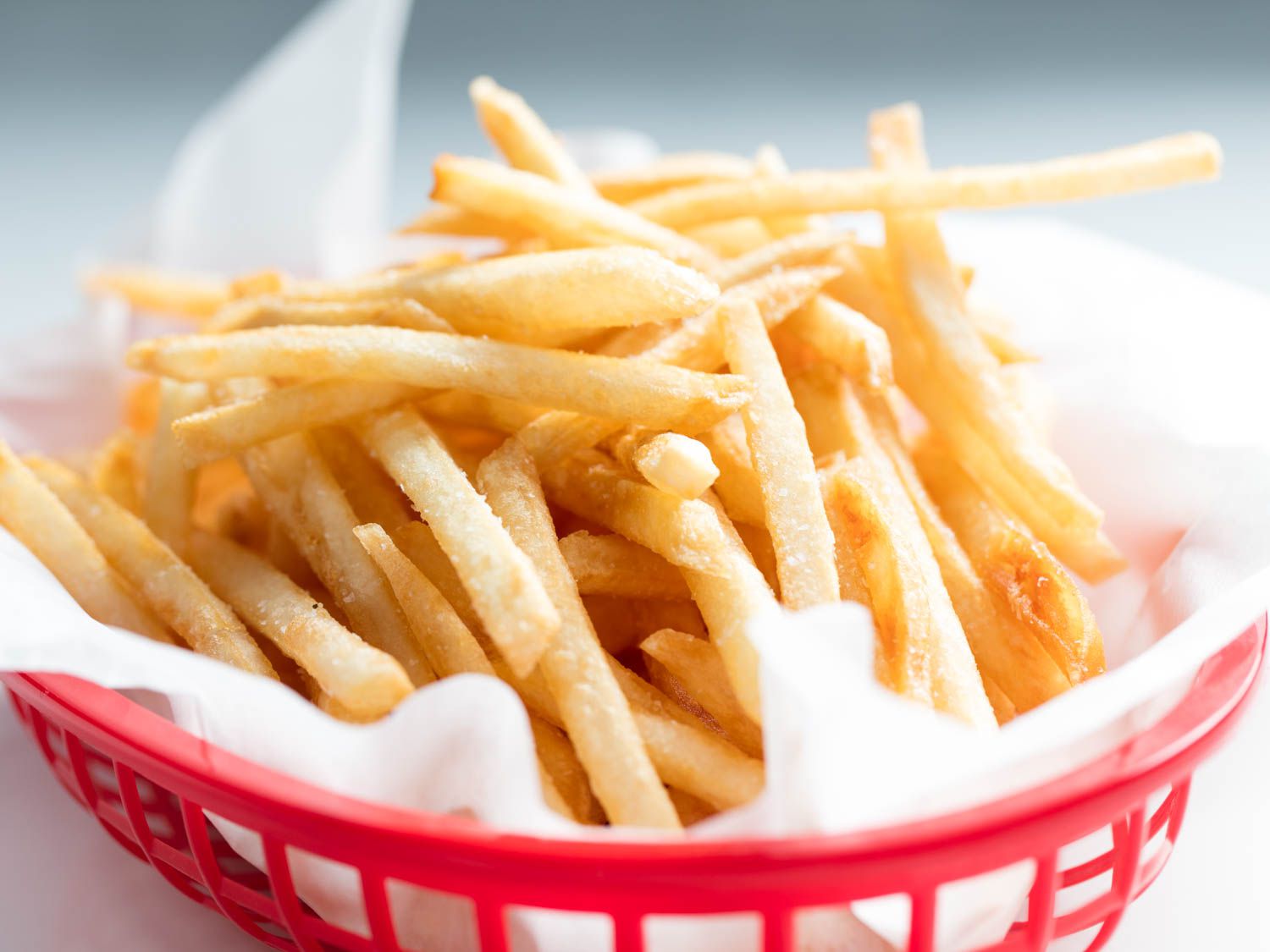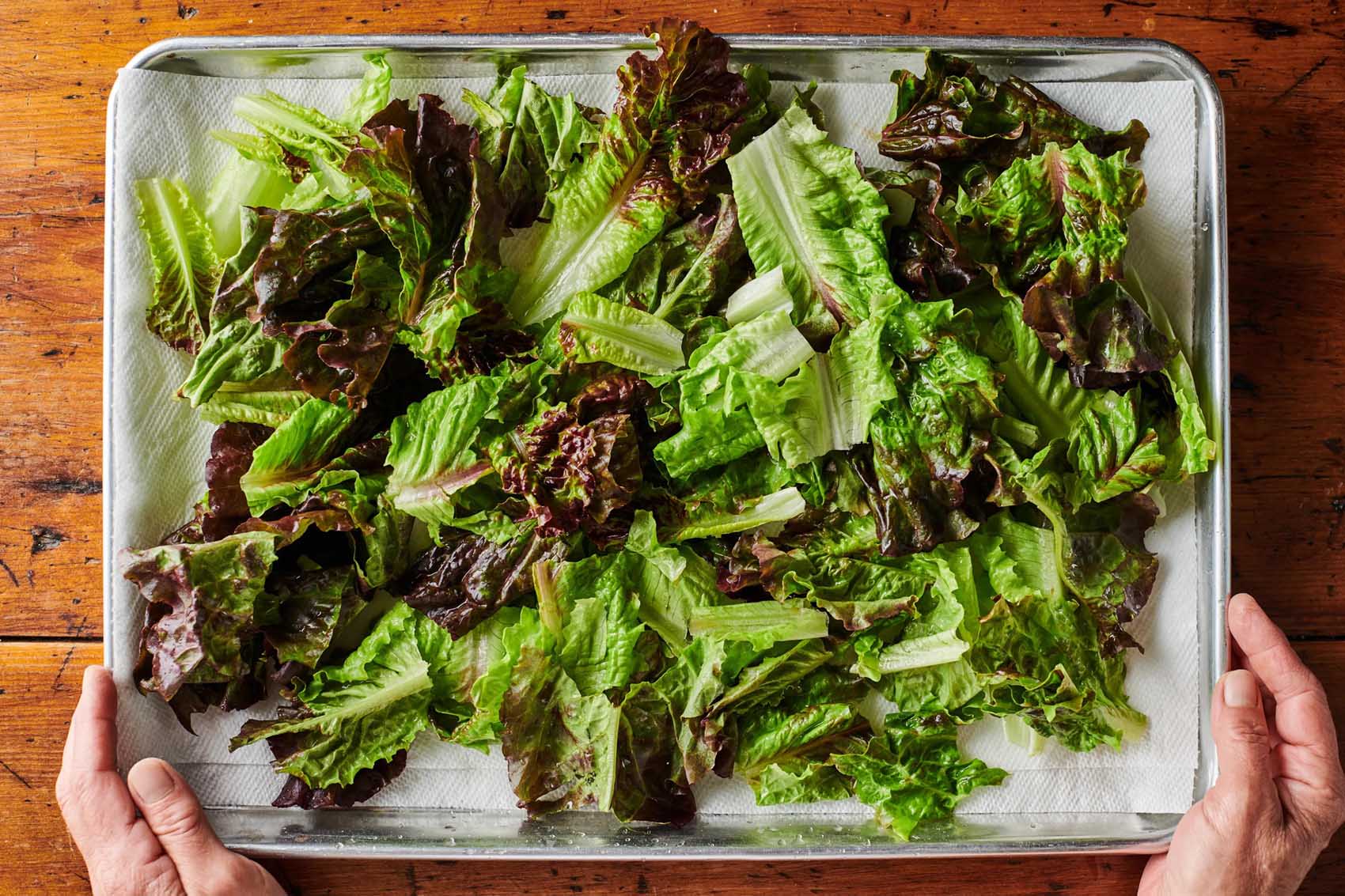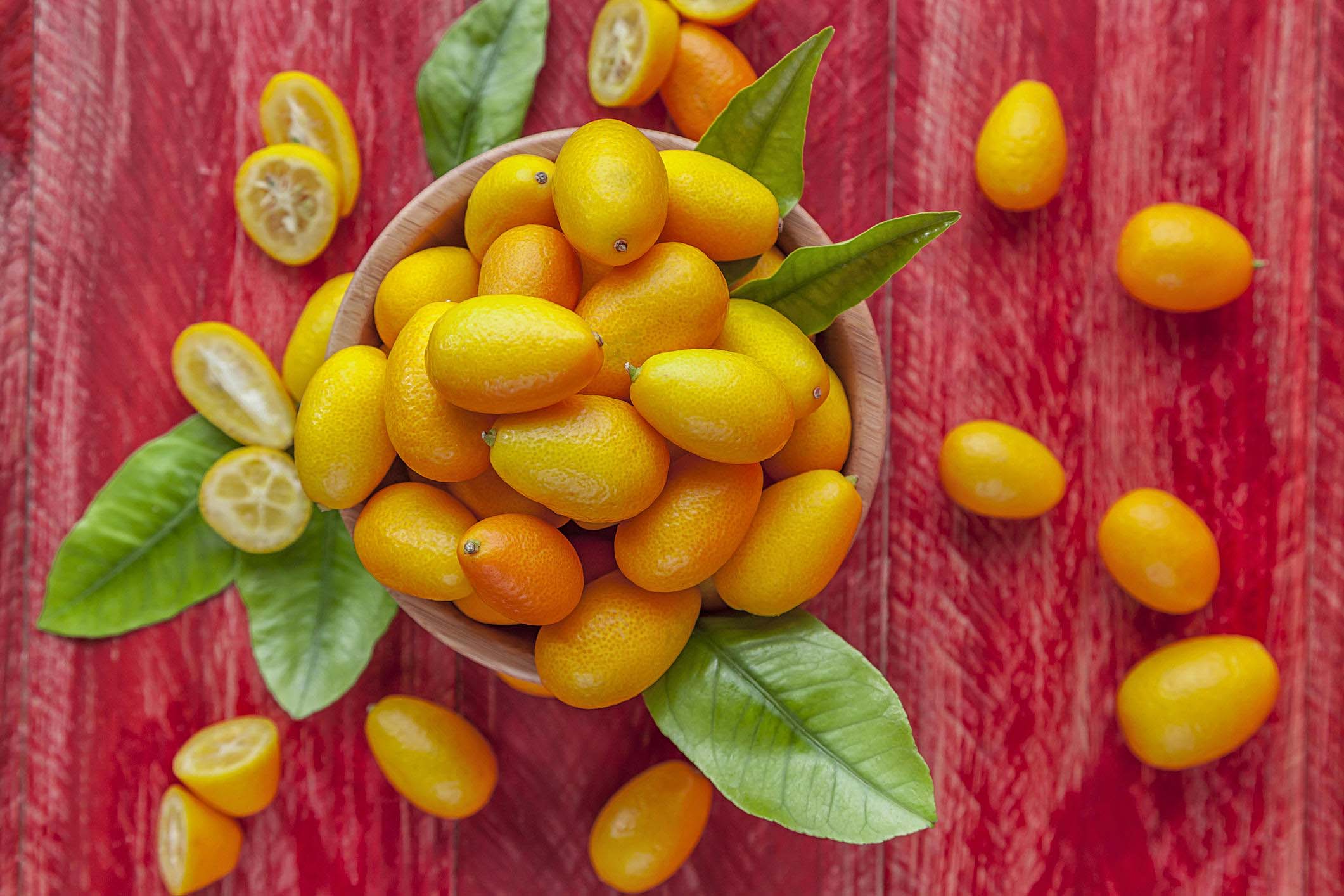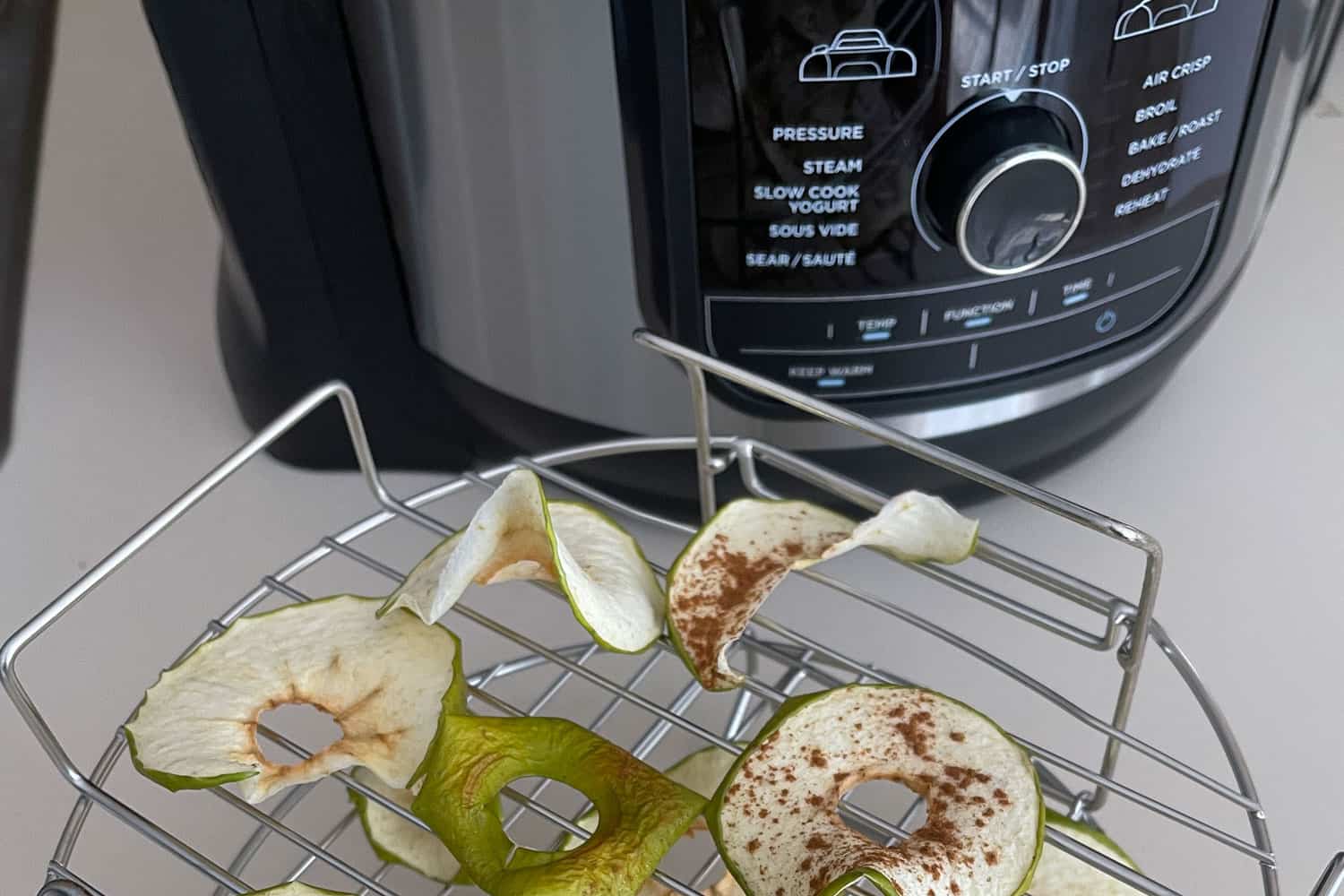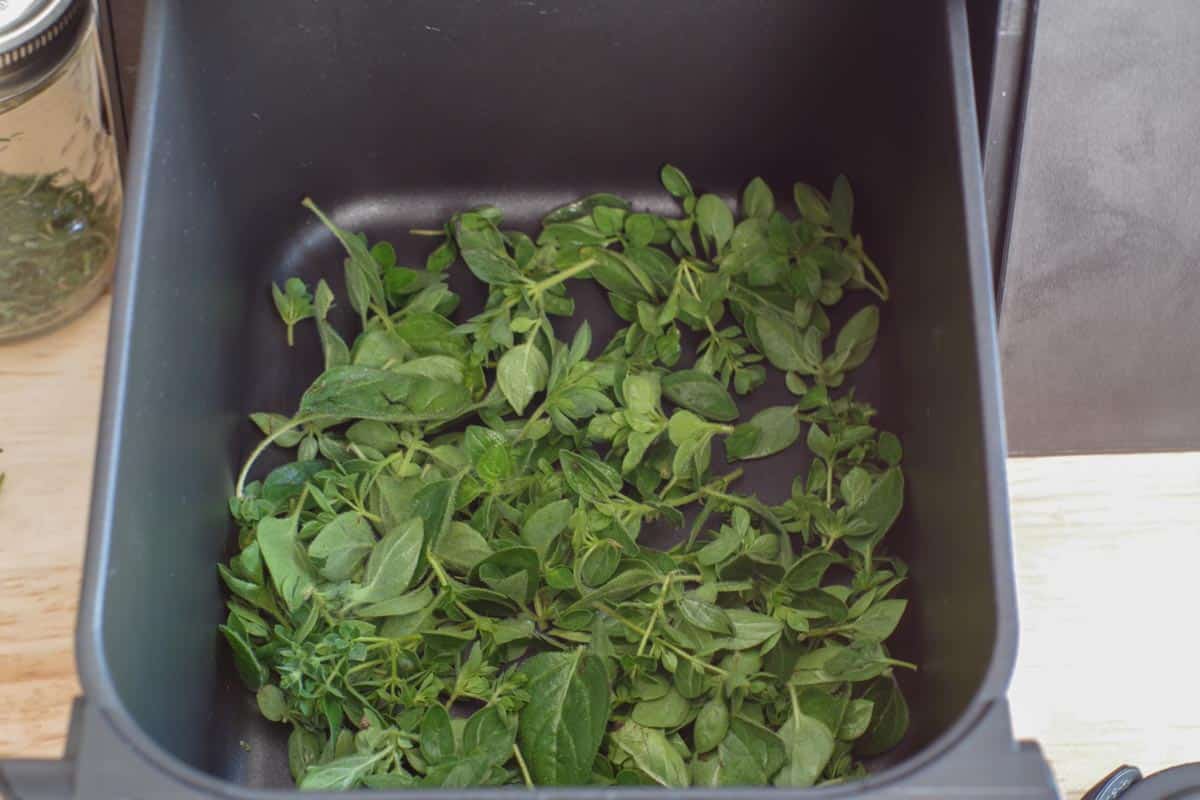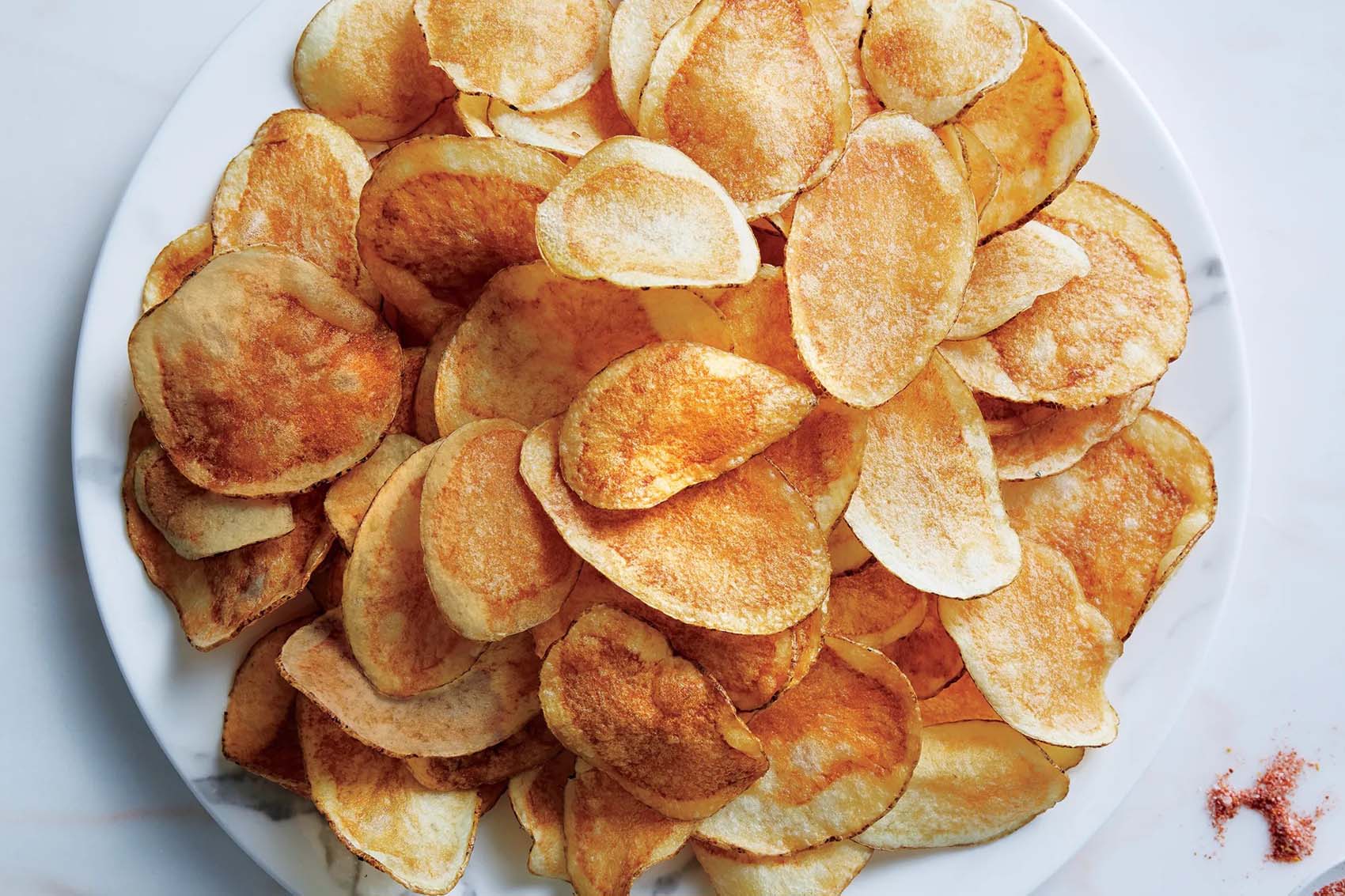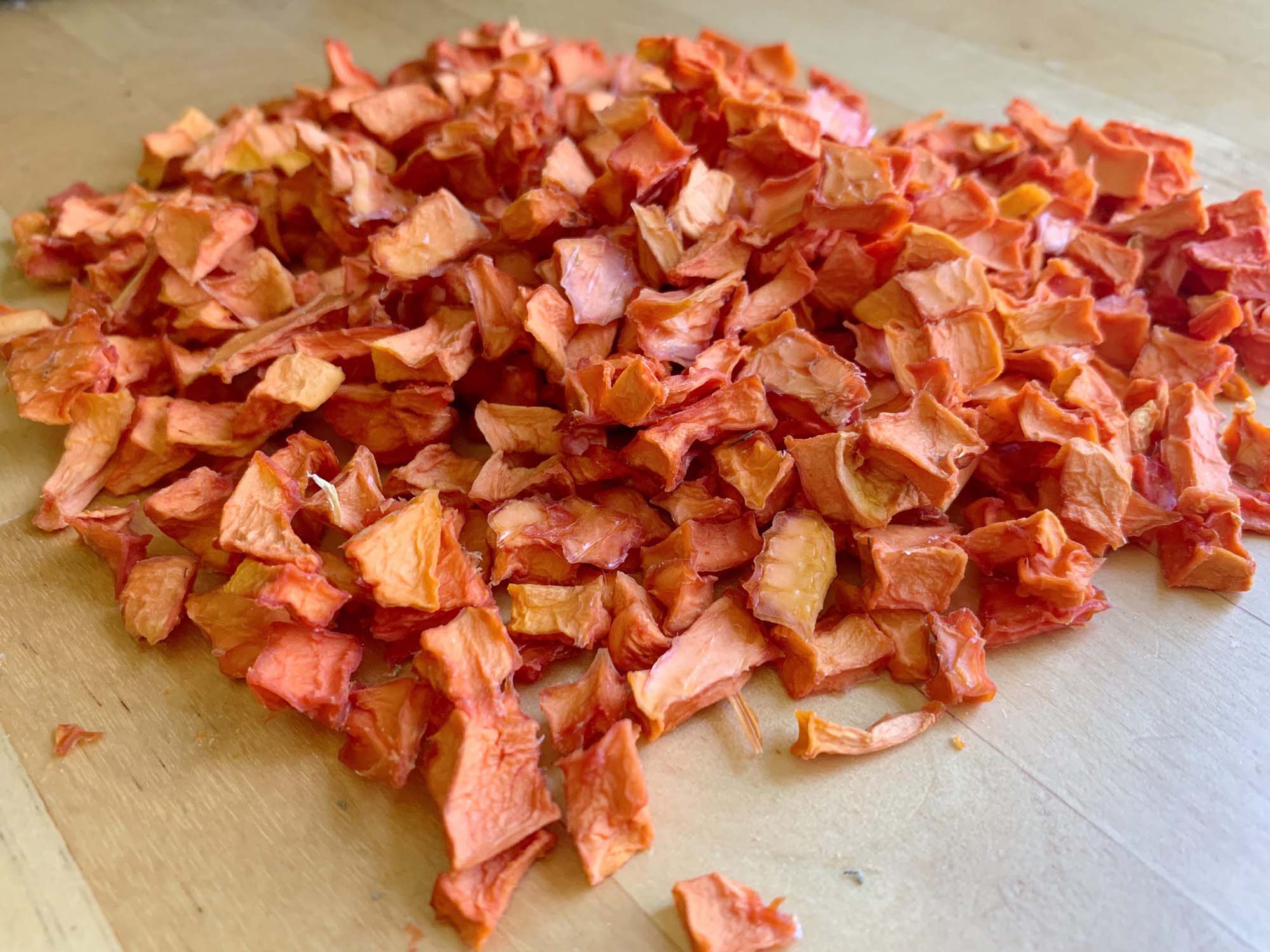Dehydrating Mango in an Air Fryer: A Delicious and Healthy Snack
Dehydrating mango in an air fryer is a simple and enjoyable way to preserve this delicious fruit while creating a healthy snack that can be enjoyed at any time. With just a few easy steps, you can transform fresh mango into a chewy, sweet treat that is perfect for on-the-go snacking or adding to your favorite recipes.
Why Dehydrate Mango?
Dehydrating mango allows you to enjoy this tropical fruit year-round, even when it’s not in season. By removing the moisture from the mango, you can concentrate its natural sweetness and create a shelf-stable snack that is perfect for packing in lunchboxes or taking on outdoor adventures. Additionally, dehydrated mango is a great source of vitamins, fiber, and antioxidants, making it a nutritious alternative to processed snacks.
Steps to Dehydrate Mango in an Air Fryer
Dehydrating mango in an air fryer is a straightforward process that requires minimal preparation and equipment. Here’s how to do it:
- Prepare the mango: Start by selecting ripe mangoes that are firm and free from blemishes. Wash the mangoes thoroughly and use a sharp knife to carefully remove the skin. Slice the mango into thin, uniform pieces, ensuring that they are all similar in size to promote even drying.
- Preheat the air fryer: Preheat your air fryer to the recommended temperature for dehydrating fruits. This typically ranges between 130°F to 140°F (55°C to 60°C).
- Arrange the mango slices: Place the mango slices in a single layer on the air fryer trays, ensuring that there is space between each slice to allow for proper air circulation.
- Dehydrate the mango: Place the trays in the air fryer and set the timer for the recommended drying time, typically around 4 to 6 hours. Check the mango slices periodically and rotate the trays if necessary to ensure even drying.
- Check for doneness: The dehydrated mango slices should be leathery and slightly pliable when done. They should not be sticky or moist to the touch.
- Allow to cool: Once the mango slices are dehydrated to your desired level of dryness, remove them from the air fryer and allow them to cool completely before storing.
Storing Dehydrated Mango
Proper storage is essential for maintaining the quality of your dehydrated mango. Once the mango slices have cooled, transfer them to an airtight container or resealable bags. Store the dehydrated mango in a cool, dry place away from direct sunlight. When stored properly, dehydrated mango can last for several months, providing you with a delicious and nutritious snack whenever you need it.
Ways to Enjoy Dehydrated Mango
Dehydrated mango can be enjoyed in a variety of ways. Whether you prefer to snack on it as is or incorporate it into your favorite recipes, the options are endless. Here are some ideas for enjoying dehydrated mango:
- Snack on it straight out of the container for a sweet and chewy treat.
- Add it to homemade trail mix for a burst of tropical flavor.
- Chop it up and sprinkle it over yogurt or oatmeal for a fruity twist.
- Incorporate it into baked goods such as muffins, bread, or granola bars for added sweetness and texture.
Conclusion
Dehydrating mango in an air fryer is a simple and rewarding process that allows you to enjoy the natural sweetness of this tropical fruit in a convenient, shelf-stable form. By following a few easy steps, you can create a delicious and healthy snack that is perfect for satisfying your cravings while providing essential nutrients. Whether enjoyed on its own or as a versatile ingredient in recipes, dehydrated mango is sure to become a staple in your pantry.
So, the next time you have an abundance of fresh mangoes, consider dehydrating them in your air fryer for a delightful snack that can be enjoyed anytime, anywhere.
By following the guide on how to dehydrate mango in an air fryer, readers can create a variety of delicious dishes. For a vibrant and nutritious meal, they should try the Mango and Quinoa Salad which combines the sweetness of mango with the nutty flavor of quinoa. Those looking for a quick snack can opt for Dehydrated Mango Trail Mix, perfect for on-the-go munching. For a refreshing start to the day, the Tropical Yogurt Parfait with Dehydrated Mango is a must-try, offering layers of creamy yogurt and tangy fruit. If a more indulgent treat is desired, they can bake Mango and White Chocolate Chip Cookies, where the chewy mango pieces add a unique twist to classic cookies. Lastly, Mango-Glazed Chicken Skewers provide a savory option, pairing the sweet and tangy mango with succulent chicken for an easy yet impressive dinner.
